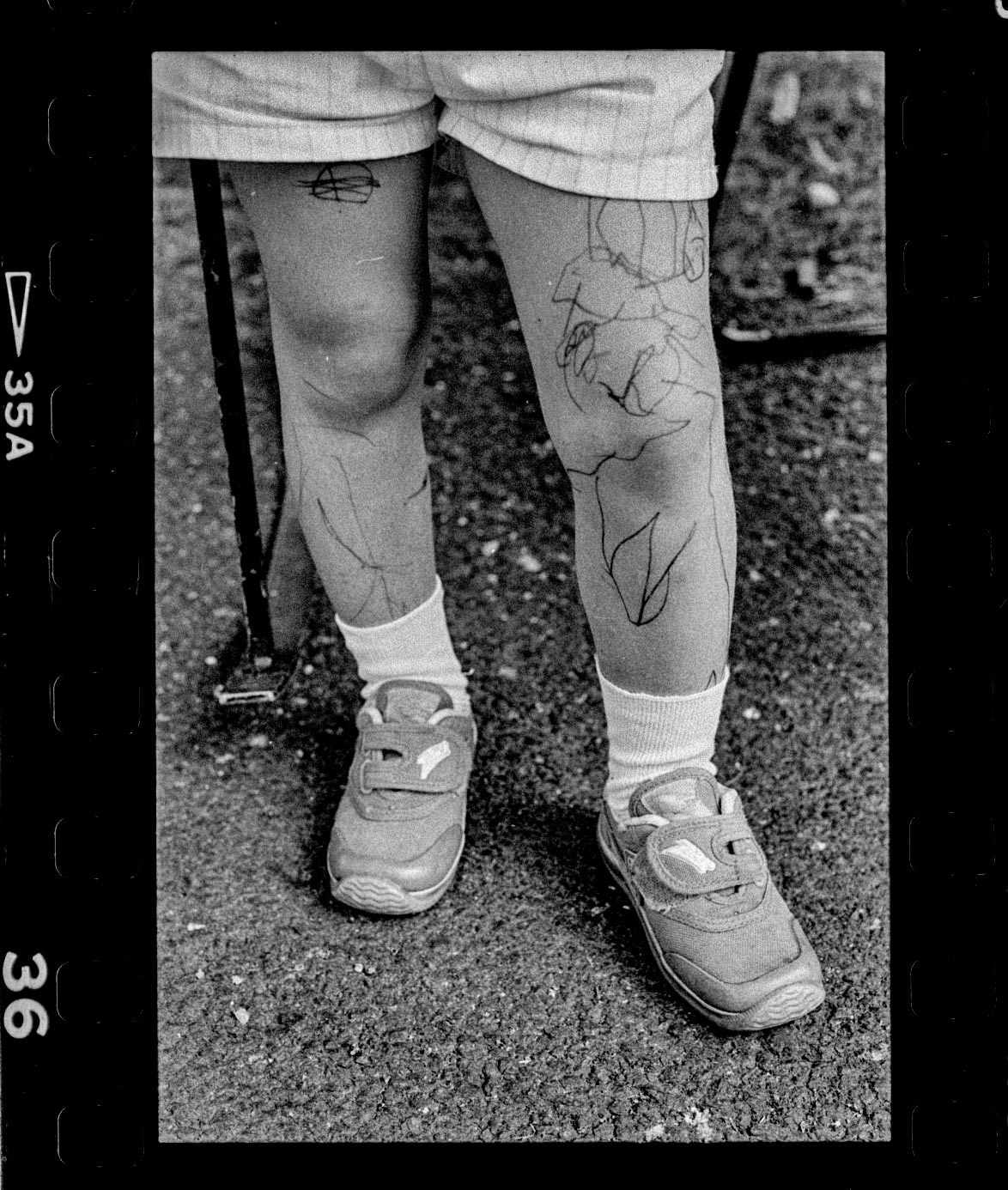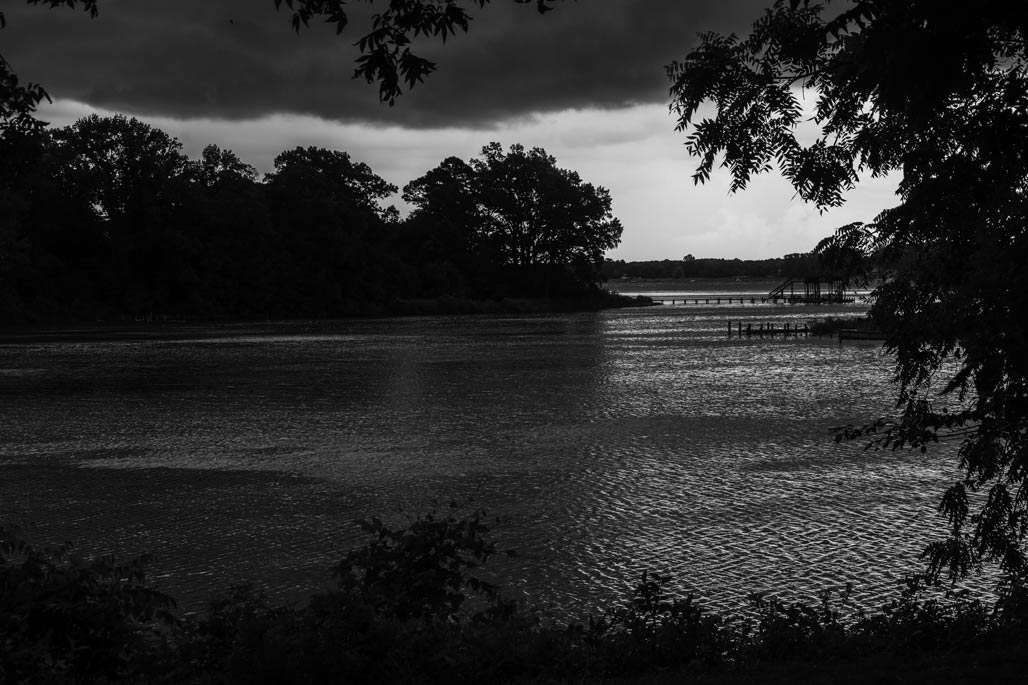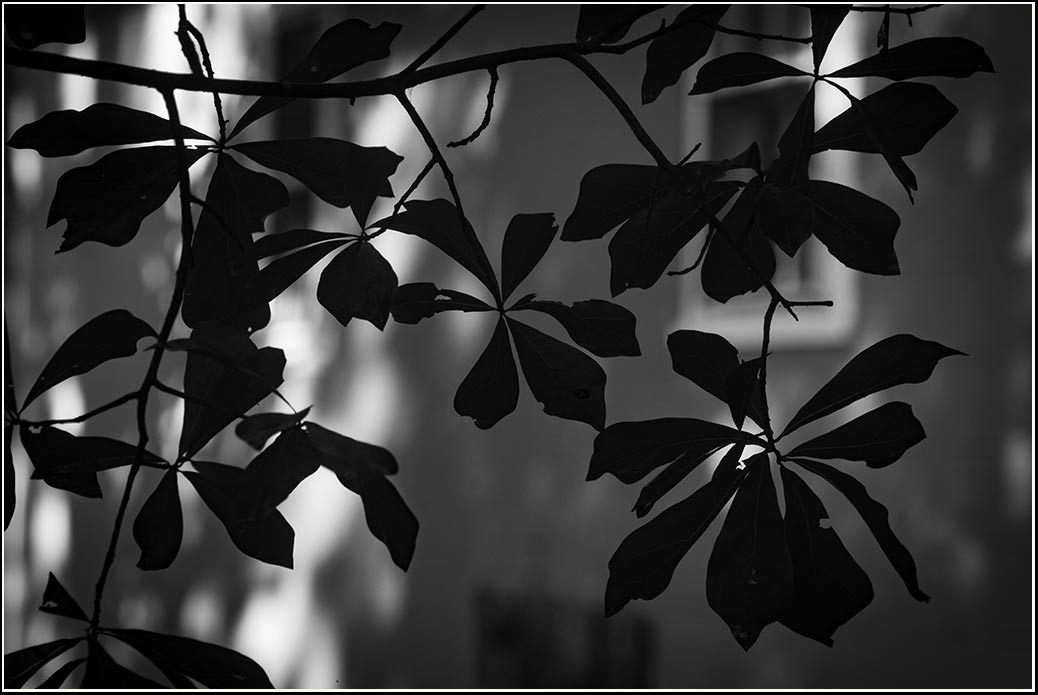
The roots of large-scale tattoos, akin to modern sleeves, trace back over 2,000 years to Polynesian cultures, including Marquesan, Samoan, Tongan, and Maori traditions. In these societies, tattoos were not merely decorative but served as rites of passage, markers of social status, genealogy, and personal achievements.
thunderstorm
quercus nigra
Littermates
pre-cellphone
black and white
equation
corelle
Look3
Coragyps atratus










